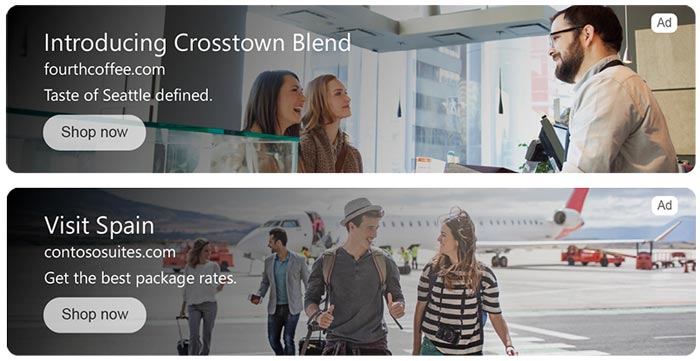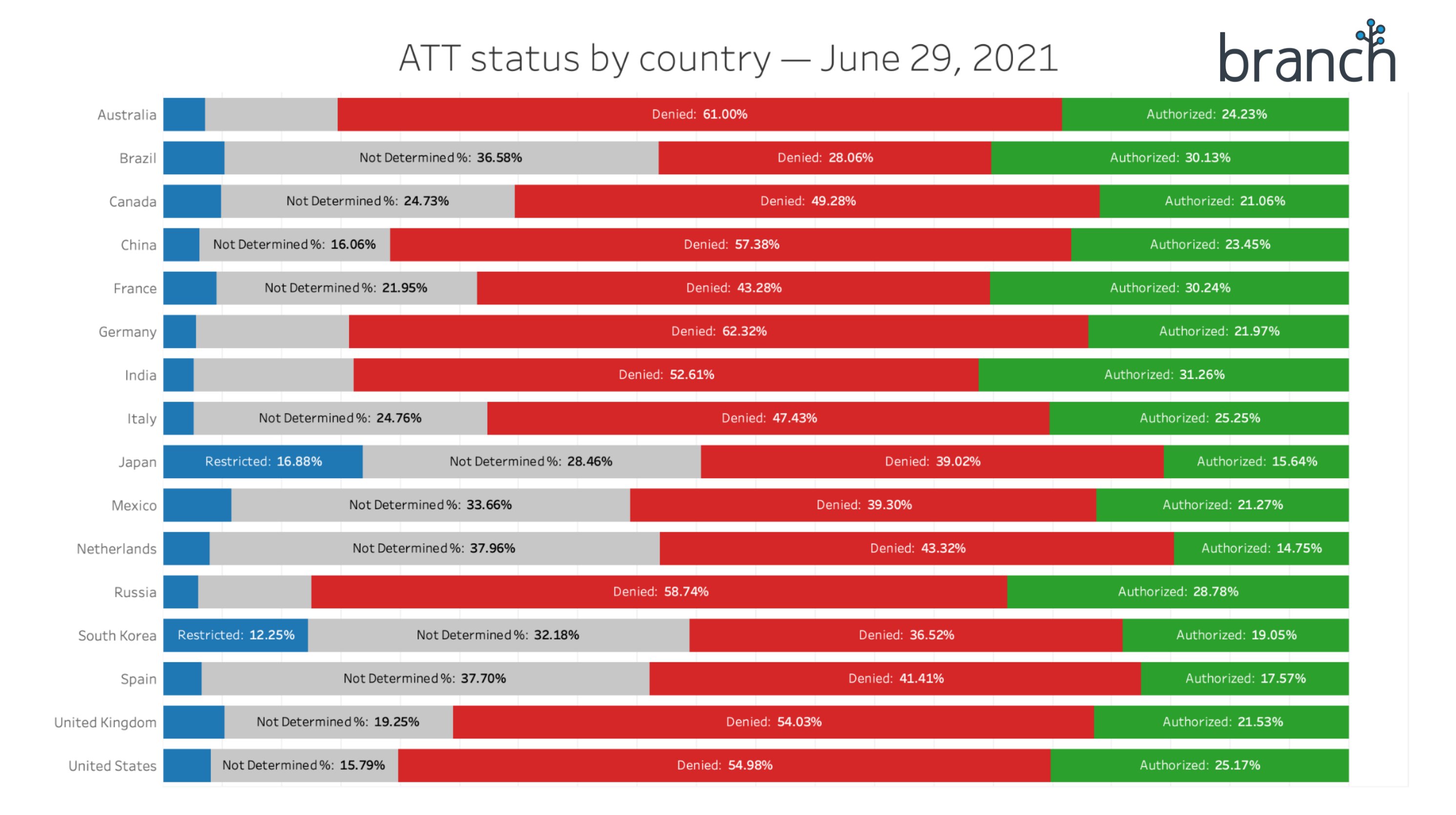YouTube users have complained about stale video recommendations for years: - **YouTube will finally give new videos more exposure** with a "New For You" tab coming to its mobile app. For content creators, here's your chance to interact with new audie
YouTube users have complained about stale video recommendations for years:
-
YouTube will finally give new videos more exposure with a "New For You" tab coming to its mobile app. For content creators, here's your chance to interact with new audiences on the platform.
-
Research automation tool Postpace launched on 50 platforms in 6 months, bringing in $146,000. If you're looking for the best places to launch (or re-launch), this list has you covered.
-
Founder Ryan Hoover launched Product Hunt as a small email list, and it now hits ~4.5 million organic page views per month. Here's how he harnessed the power of the personal welcome email.
Want to share something with over 80,000 indie hackers? Submit a section for us to include in a future newsletter. —Channing
📹 YouTube is Now More Like TikTok

from the Growth & Acquisition Channels newsletter by Darko
YouTube has announced that it is adding a 'New For You' tab to its mobile app. This will help users interact with fresh content, giving content creators a better chance of going viral on the platform.
YouTube's new tab
If you make TikTok videos, you know that it's very feasible to go viral on the platform. TikTok's 'For You' tab shows users new videos from people that they have never interacted with before, and this can lead to a massive increase in views. This was almost impossible on YouTube: Until now.
The change: If you've read my research on acquisition channels, you know that YouTube previously didn't have a way to boost new videos. YouTube is now adding a 'New For You' tab to its mobile app. The goal is to show users relevant videos from people that they've never interacted with.
The opportunity: If you're making YouTube videos, you know how difficult it can be to get traffic on the platform. This new change makes YouTube more like TikTok, and was brought on by user complaints about stale content recommendations. Perhaps TikTok is a driving force behind this change, leading the trend in people wanting to see fresh content from creators they haven't interacted with before.
Microsoft's new ads
The details: Microsoft is rolling out a new feature called Multimedia Ads, and they'll appear in Bing search results. Here's how they'll look:


The opportunity: If you have a product that you can show in action, this could be a great option for you. You can insert images and choose where your text shows up, whether below or inside the image.
When a new ad format rolls out, there's a temporary period where users will notice it more just because they haven't seen it before. If you want to experiment with search ads and get high click-through-rates (at least temporarily), definitely give this a go.
Which countries like ads the most?
Marketing strategist Alex Bauer released an interesting breakdown of Apple's app tracking transparency (ATT) statuses by geography.
What it means: For every country, it shows what percentage of people clicked 'Yes' on Apple's prompt to be shown more personalized ads.

The opportunity: Pay attention to which countries have the most users clicking 'Yes.' This can change your advertising strategy tremendously. For example, for Brazil, you might want to experiment with more personalized landing pages. For The Netherlands, you might to try a less intent-driven page.
Are you a content creator using YouTube? Share your thoughts on its new feature below!
Subscribe to Growth & Acquisition Channels for more.
📰 In the News

from the Volv newsletter by Priyanka Vazirani
💤 Amazon now has permission to monitor people's sleep using radar.
🚫 Influencers are now banned from promoting cryptocurrency on TikTok.
🤩 This Japanese virtual model is taking over the digital world.
💼 Millennials and Gen Z are embracing the concept of ‘Polywork.'
💲 This company is helping people avoid taxes on crypto assets.
Check out Volv for more 9-second news digests.
🚀 Let's Launch: Top Platforms to List Your Product

by James Fleischmann
Postpace launched over 50 times in six months, and brought in $146K. For founders wondering where to launch or re-launch, this list will help!
Launch communities
Before we jump in, here's a guide about how to launch on Product Hunt. While there are tons of places that you can launch, here are places specifically designed for it:
-
Product Hunt: Probably the most well-known launch community out there.
-
BetaPage: A community of tech lovers and early adopters where you can browse and submit products.
-
TechPluto: Covers the latest news and events from the tech industry, and allows emerging startups and entrepreneurs to showcase their products.
-
Emoji Launch: A site where you can list your launch super easily.
Other communities
While these communities aren't specifically designed for launching, they're solid places to do so:
-
Indie Hackers: We all know it and love it, and it's a fantastic place to launch.
- Reddit: Specifically, r/Entrepreneur, r/startups, r/smallbusiness, r/EntrepreneurRideAlong, r/sideproject, r/indiebiz, r/imadethis, r/design_critiques, r/growmybusiness, r/shamelessplug, r/AlphaandBetausers, r/coupons, r/ladybusiness, r/RoastMyStartup, and so on. Make sure to abide by each subreddit's guidelines.
-
App Sumo: Super popular place to get deals from startups.
-
Broadwise.org: Community of founders and tech enthusiasts who talk shop and promote their startups.
-
Crazy About Startups: A platform for entrepreneurs.
Sites to list on
These sites are less focused on launching, but each of them allows you to list your new product:
-
AngelList: A platform for venture investing.
-
StartupInspire: An inspiration gallery where you can promote your startup.
-
SaaSHub: An independent software marketplace that compiles lists of the best software available.
-
All Startups Info: A site that showcases startups.
-
Startup Collections: A site that curates resources and tools for entrepreneurs, designers, developers, and marketers.
-
Startup Tracker: A place to discover and track startups from MVP to IPO.
-
Startup Buffer: A place to discover new startups and promote your startup.
Press
Don't forget to contact the press! These options can get you started:
Post-launch tips
- Keep doing QA.
- Make sure your post-launch site is set up to capture emails of people who may browse, but not purchase.
- Check in with users proactively.
- Send updates to folks on your email list who haven't purchased.
- Set new goals and keep an eye on your metrics.
- Get to work on your product roadmap.
- Re-launch.
Check out the full post with even more listings here.
What are your favorite launch platforms! Please share in the comments.
Discuss this story.
📰 Title Tip: Use a Harsh Truth

by Ivan Romanovich
Harsh truths pull readers in and stimulate discussion. Use a harsh reality to quickly capture attention.

Discuss this story.
🖥 Founder Ryan Hoover Talks Product Hunt

from the Listen Up! IH newsletter by Ayush Chaturvedi
Founder Ryan Hoover launched Product Hunt, a website where founders can launch, discover, and discuss new technology products. It started in 2013 as a simple email list where Ryan would discuss his favorite products. Over time, it evolved into a community.
Today, it's used by indie hackers, celebrities, and well-established companies alike, and is the number one site to launch new tech products. Ryan sat down with Indie Hackers to share his top lessons. Read on for more!
Humble beginnings
Ryan was passionate about products. He used to browse new products on the App Store and AngelList every day; but they weren't product discovery platforms.
He used Facebook and Twitter to share his favorite products with his friends; but they were social media platforms. What Ryan really wanted was a simple list of new, interesting products that he could scroll through.
He used a now-defunct tool called Linkydink to collaborate with a few friends to curate the best products every day. With a small mailing list audience, Ryan built a bare-bones community of people interested in tech products.
Email was the MVP for the community. This is what it looked like back in July 2014:

Community lessons
Here are a few growth of Ryan's growth strategies:
-
Personalization: In the very early days, Ryan used to send a personal e-mail to all new members. He was doing things that didn't scale. This helped attract the first passionate community members.
-
The Flywheel effect: Whenever someone launches a product on Product Hunt, they bring their friends over to help promote the product. This brings new people onto the site who later go on to launch products of their own.
-
Organic search: Product Hunt has built 'alternative and related products' pages for all products. These are popular search terms that help bring in new users.
Monetization
Product Hunt monetizes mainly through sponsorships, but it's not simple as buying out 'product of the day' on the site. You can only sponsor a spot if you have previously launched your product there. It's a nice way to feature products again that were launched a week or a month ago.
You can also do topic-based in-feed advertisements or advertise through the Product Hunt newsletter, which has hundreds of thousands of subscribers.
Advice for starting a community
We are living through a communities gold rush at the moment. If you're looking to kickoff an online community, here's Ryan's advice:
There will always be an opportunity to create a community around something. My advice or guidance would be to pick a very specific community [and ask]...Where do those people hang out today? And is there maybe an unserved need to build a community around this particular interest or demographic?
Check out the full episode on the Indie Hackers Podcast.
Discuss this story, or subscribe to Listen Up! IH for more.
🐦 The Tweetmaster's Pick

by Tweetmaster Flex
I post the tweets indie hackers share the most. Here's today's pick:

🏁 Enjoy This Newsletter?
Forward it to a friend, and let them know they can subscribe here.
Also, you can submit a section for us to include in a future newsletter.
Special thanks to Jay Avery for editing this issue, to Nathalie Zwimpfer for the illustrations, and to Darko, Priyanka Vazirani, James Fleischmann, Ivan Romanovich, and Ayush Chaturvedi for contributing posts. —Channing











